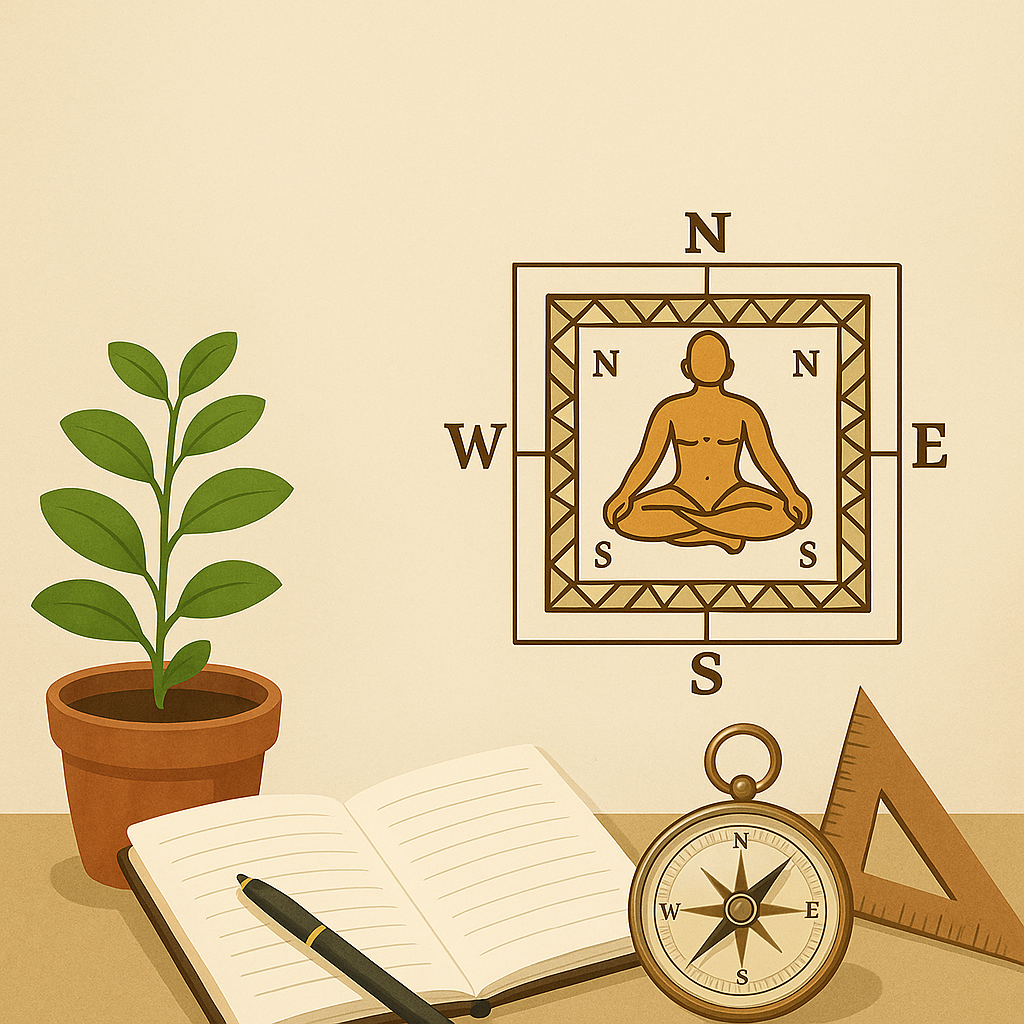Harmonize Your Home with Vastu Shastra: A Guide to Positive Living

Strong 8k brings an ultra-HD IPTV experience to your living room and your pocket.
In the modern world, we often look to wellness routines, meditation, and mindfulness to bring balance into our lives. But what if your home or workspace itself holds the key to better energy, harmony, and prosperity? That’s the promise of Vastu Shastra—an ancient Indian architectural science that continues to guide the way we build and live, even in today’s urban lifestyles.
If you're planning a new home, renovating your space, or simply looking to invite more positivity into your surroundings, understanding the basics of Vastu can be life-changing. In this article, we'll explore the core principles of Vastu Shastra, room-by-room tips, and easy changes you can make to align your environment with nature’s energy flow.
What is Vastu Shastra?
Vastu Shastra is a traditional system of architecture that combines art, science, and spirituality. Originating over 5,000 years ago in India, Vastu—meaning "dwelling"—and Shastra—meaning "science"—work together to create a space that harmonizes with the five elements of nature: Earth (Bhumi), Water (Jal), Fire (Agni), Air (Vayu), and Space (Aakash).
The core idea of Vastu is that our environment directly influences our thoughts, emotions, and well-being. By aligning our homes and workplaces with natural forces, we can enhance health, attract wealth, and encourage spiritual growth.
The Role of Directions in Vastu
In Vastu Shastra, direction matters. Each direction is governed by a particular element and deity, and serves a unique function:
North (Kuber’s direction) – Associated with wealth and opportunities.
East (Indra’s direction) – Linked to health, social life, and fresh energy.
South (Yama’s direction) – Brings strength, stability, and discipline.
West (Varuna’s direction) – Affects prosperity and overall gains.
Proper orientation of doors, furniture, and even colors according to these directions helps create a balanced energy field.
Vastu Tips for Every Room
Here’s how to incorporate Vastu principles into different areas of your home for better flow and well-being:
1. Main Entrance
The entrance should ideally be in the North-East, East, or North.
It should be well-lit and welcoming.
Avoid placing shoe racks or trash bins near the door, as it can block positive energy.
2. Living Room
Position the living area in the East or North-East.
Place heavy furniture like sofas in the South-West corner.
Mirrors and artworks should reflect beauty or prosperity—not sadness or loneliness.
3. Bedroom
The South-West corner is ideal for the master bedroom, offering stability in relationships.
Sleep with your head towards the South for sound rest.
Avoid placing mirrors directly in front of the bed to prevent energy disruption.
4. Kitchen
The kitchen should be in the South-East, ruled by Agni (the fire element).
Avoid placing stoves directly in front of the entrance.
Keep the water sink and stove separate—fire and water should not clash.
5. Bathroom and Toilet
Best located in the West or North-West.
Ensure bathrooms are well-ventilated and dry.
Keep the toilet door closed when not in use to avoid negative energy.
6. Study Room
Ideally placed in the North-East or East.
The study table should face East or North for improved concentration.
Use calming colors like light green, beige, or cream.
Natural Elements and Vastu
Balancing the five elements of nature is central to Vastu. Here's how you can incorporate them:
Earth (Bhumi): Use natural materials like wood and clay in furniture and décor.
Water (Jal): Small water fountains or fish tanks in the North-East can attract wealth and peace.
Fire (Agni): Use candles, lamps, or a fireplace in the South-East for energy and passion.
Air (Vayu): Keep windows open for fresh air; add indoor plants like tulsi, bamboo, or areca palm.
Space (Aakash): Avoid clutter to allow free flow of energy.
Simple Vastu Practices to Enhance Energy
Declutter regularly – A cluttered home is a cluttered mind. Keep pathways clear.
Use light and natural colors – Whites, creams, and light yellows promote peace.
Incorporate sacred symbols – Use Om, Swastik, or lotus motifs at entrances or prayer rooms.
Burn incense or camphor – This cleanses the space energetically and spiritually.
Learn More: Take Your Vastu Knowledge Further
If this ancient science intrigues you and you want to go beyond the basics, consider joining an online Vastu course. From understanding advanced directional theory to analyzing real-life floor plans, these courses provide practical tools to design or enhance homes, offices, and even commercial spaces. It's a great step for homeowners, interior designers, architects, or anyone passionate about holistic living—all from the comfort of your own space.
Vastu Shastra is not about rigid rules or superstition. At its core, it's a blueprint for living in sync with the energies of nature. You don’t need to overhaul your entire home—small, mindful changes can make a big difference. Begin by observing how your space feels, make adjustments based on Vastu principles, and witness how harmony, peace, and abundance begin to flow into your life.
If you're curious to dive deeper into the principles of Vastu and apply them more effectively, consider exploring an online Vastu course. It’s a convenient way to learn the fundamentals, room-wise applications, and advanced tips from the comfort of your home—perfect for homeowners, designers, or anyone seeking harmony through ancient wisdom.
Note: IndiBlogHub features both user-submitted and editorial content. We do not verify third-party contributions. Read our Disclaimer and Privacy Policyfor details.


